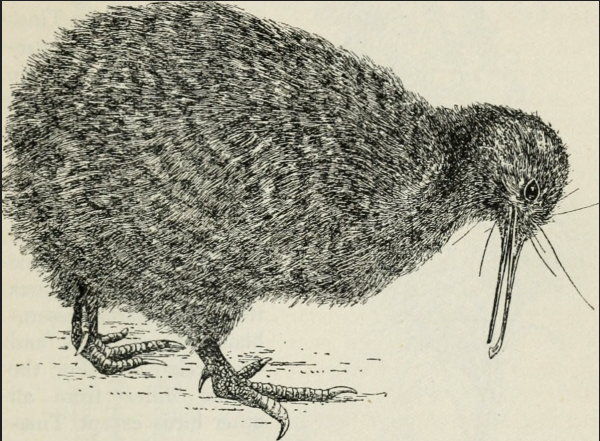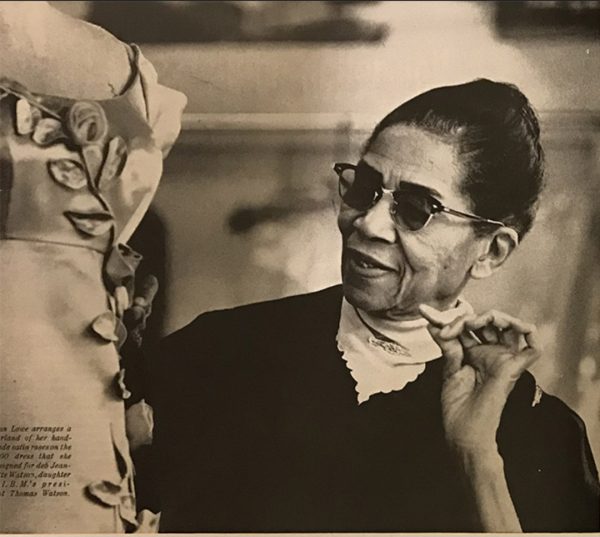Mia Hamm’s Guide to becoming a successful athlete
Go For The Goal By Mia Hamm Harper Collins. 254 pp. $14.99 Reviewed by Emily Eustace
More stories from Emily Eustace

The memoir concerns Mia Hamm’s experience with the national team. She also explains how she got to be where she is today. Hamm shares personal anecdotes. While also providing tutorials and tips for any young player trying to learn and improve their game. Most importantly she gives lessons and advice for both on and off the field experiences.
As a young girl I idolized Mia Hamm. She was one of the reasons I got into soccer in the first place. I unfortunately was not born yet when she was actively playing. Thanks to modern technology, I was able to watch her highlight clips. Her legacy still inspires young girls and boys today.
“Go For The Goal” is about Mia Hamm’s experience with the national team. She also explains how she got to be where she is today. Hamm shares personal anecdotes. While also providing tutorials and tips for any young player trying to learn and improve their game. Most importantly she gives lessons and advice for both on and off the field experiences.
At just 15 years old, Hamm was selected for the United States Women’s National Team (USWNT). She still holds the record for being the youngest player to ever join the USWNT. Skipping a whole step, college. Later she graduated high school at age 17, and attended UNC. There she won 4 NCAA national championships.
Mia Hamm is considered to be one of the best female players to ever play the game. She doesn’t think so. With so many awards and broken records, how can one not consider themselves to be the best in the world?
Her response when she is asked similar questions, “I don’t think so. And because of that, someday I just might be” (Hamm 3).
She stresses how important it is to be a team player. With her success as a player, she is always giving credit to her mentors and teammates. I admire this the most about her. She could easily take all the credit. In her book she incorporates her teammates’ words. As well as showcasing many of her teammates through images.
“I defer to it and sacrifice for it, because the team, not the individual, is the ultimate champion” (Hamm 6).
I always knew Mia Hamm was an accomplished athlete. How did she accomplish all she did? Soccer players aren’t just born. Her secret, hard work. Her advice can be used in everyday life as well as on the pitch. As a young child and teen she was never seen without a ball. Constantly pushing herself to be the best. She played with older kids, and was on an all boys team for many years. Practice or a relaxed pick up game was no time to slack off.
Hamm explains becoming a great soccer player does require skill. At the same time to really excel in the sport, there has to be passion and love in your game. Without it a player is a robot. If you love the sport, then you will put in the necessary work needed to move onto the next level.
What is the next level exactly? For Hamm it was winning a World Cup Title. It had never been accomplished. Women’s soccer was not yet respected as it is today. Hamm and her teammates had to overcome all sorts of obstacles just to compete in the tournament.
Hamm mentions many of their games attracted no more than 500 fans. The team often had to stay in motels, and pay for their own meals.
That all changed on November 30th, 1991. Hamm and her team made history. Scheduled to play Norway, the USWNT prepared for a fight. Already the US team was having an outstanding tournament. The game ended in a 2-1 win. Michelle Akers scored the game winning goal.
Hamm takes the time to acknowledge her teammates efforts. She says the age gap didn’t affect the team’s chemistry. Often girls like Akers were role models to Hamm.
Mia Hamm was inspired and wanted to help young girls all over the world. In her book she writes detailed tutorials on necessary skills. These include shooting, dribbling, heading the ball, passing, trapping, and even goalkeeping.
The only thing this book struggles with is unnecessary detail. I often found myself getting bored with the endless details on necessary skills. Wanting to skip through pages, I found myself saying, “get to the point.”
As someone interested in Mia Hamm’s story, I wanted to know more about her journey. Yes, the skills and tutorials were helpful. Although I found her personal anecdotes more enjoyable. They were more relatable and could be implied in real life.
I found this book to be an easy read. I would recommend this book to soccer enthusiasts, and to anyone trying to improve their game. If you’re not into sports or specifically soccer, this book is not for you.
That being said, Mia Hamm ultimately changed soccer for women in the US. Her work rate and mentality radiated off of her. Hamm inspired many young girls and people like myself.
“I would hope that young girls now know that it is okay to be tough, to be competitive, and to defeat an opponent” (Hamm 56).










